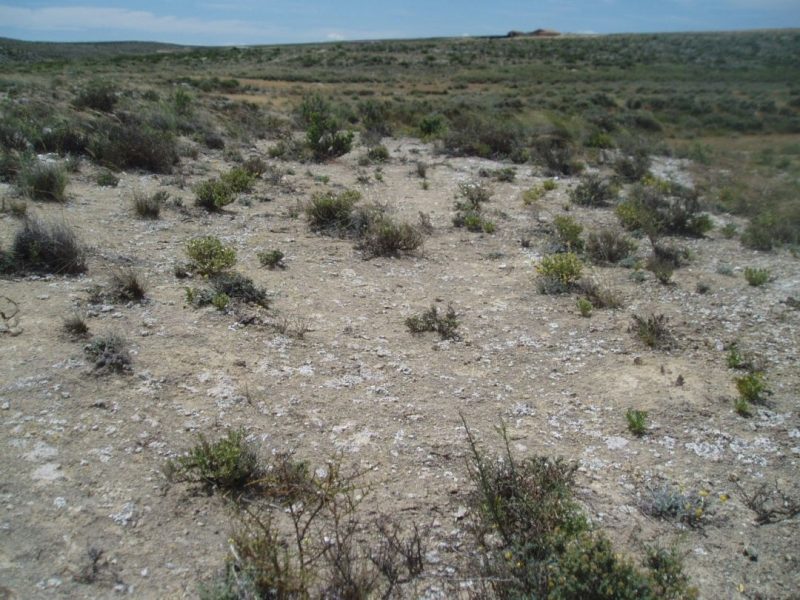Drought can be defined from a purely meteorological perspective or based on the derived impacts on hydrologic, agricultural, or socioeconomic and environmental systems. Independent of the definition, drought is primarily caused by a decrease of precipitation relative to the long-term average. The availability of water in land is a story of supply and demand: not only the input of rainfall matters, but so does the drying power of the atmosphere—often referred to as atmospheric evaporative demand (AED).
Anyone with experience in drying laundry outdoors knows what this atmospheric drying power depends on. The main factors governing the rates and dynamics of AED are input of radiation (from sunlight or greenhouse effects), relative humidity (i.e., how saturated or “wet” the air is), air temperature, and wind speed. Climate change is impacting all four variables to some degree. While warming trends are well known, the trends in wind speed, net radiation, and relative humidity are less well understood. Nonetheless, even based on global warming alone, AED is expected to increase as we progress into the future.
Depending on the type of drought and where you are in the world, the AED may fall short of diagnosing the actual impacts. For instance, if the focus is on hydrological drought, the use of the AED may be insufficient because it is not an indicator of the actual evaporation. During droughts, actual evaporation is constrained by water availability and thus occurs at lower rates than demanded by the atmosphere (i.e., AED), with implications for the generation of surface water resources.
However, the real world is much more complex, and AED tends to actual evaporation in irrigated lands, well-watered ecosystems, and open water (e.g., reservoirs), having strong implications for water availability and management. Terrestrial evaporation trends are even more uncertain than those in AED, since transpiration (the consumption of water by vegetation) depends on multiple biophysical and biochemical factors.
For instance, the amount of CO2 in the atmosphere, which is continuing to rise at an accelerating rate due to human activity, directly impacts vegetation growth and transpiration rates. So, under warmer and CO2-richer climates, in addition to precipitation and AED, we also need to keep track of vegetation coverage and physiological responses.
For certain drought types, knowing the AED can be more relevant than actual evaporation. If drought is to be assessed based on its ecosystem impacts, AED plays a crucial role: even when transpiration becomes severely constrained by soil water deficits, further increases in AED can lead to green biomass loss, yield decrease, and even plant mortality.
To further this understanding, Dr. Sergio M. Vicente-Serrano and international colleagues recently reviewed the complexity of AED impacts on different drought types and performed a global analysis to assess how—and to what degree—AED impacts drought variability and possible future drought conditions. The study was published in WIREs Climate Change.
Their results indicate that increased AED rates are more likely to increase drought severity (especially when viewed from an ecosystem perspective) in arid and semi-arid regions. In humid regions, the effects of the AED on environmental/agricultural droughts will be more complex and depends on the antecedent soil moisture.
Given the numerous feedbacks and interactions between terrestrial ecosystems and their importance in supplying fresh water and food to societies, it is impossible to make a single finding because there is no place called “average.”
Kindly contributed by the authors.

















